How educators can gear up for implementing AI education
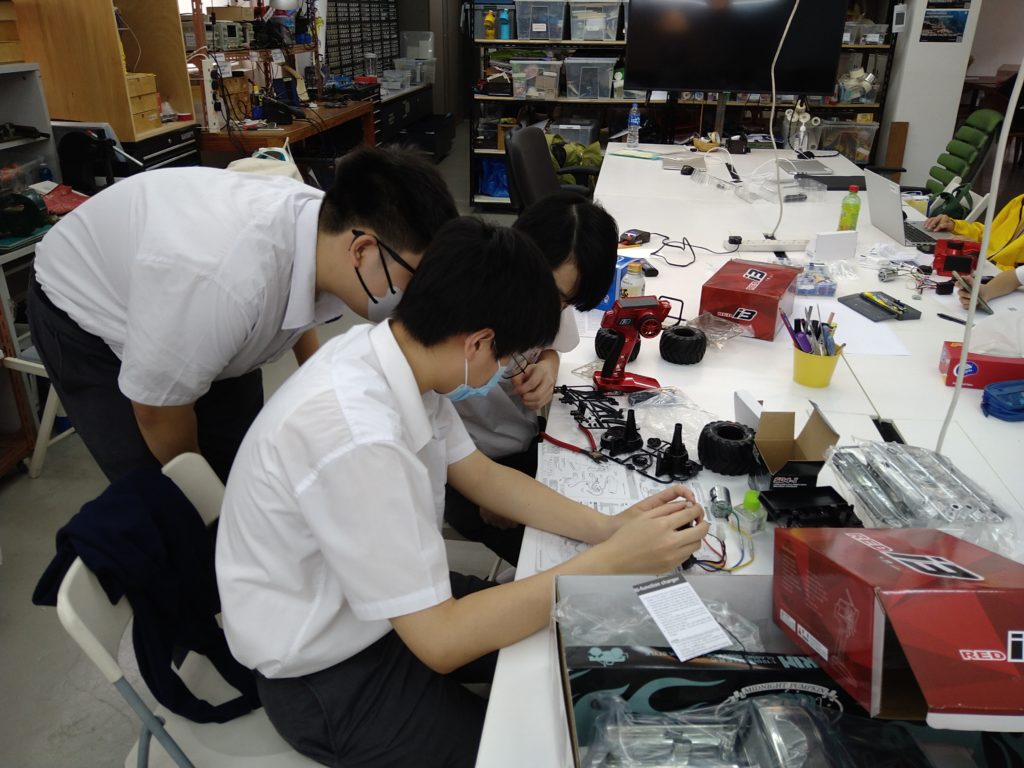
Ever since the integration of AI into our society, the vision of utilizing technology has shifted from the automation of human action to that of human cognition. Facing a future of AI-human hybrid labor systems, primary and secondary school curricula must be devised to equip the next generation in a world flooded with AI. Fostering the AI literacy of students has become a hot topic in primary and secondary education that requires strengthening the understanding of AI education implementation among educators. In view of this, the following will introduce the stages of teaching AI, the infrastructure requirements for implementing AI education, teaching strategies, and suggested AI learning materials for pre-tertiary levels.
3 stages of developing AI literacy: recognize AI, use AI, build AI
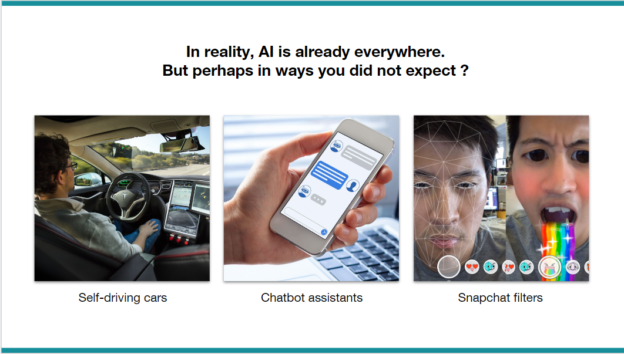
The AI curriculum for basic education should be from shallow to deep. It is recommended that educators should teach students from recognizing AI, to using AI, and finally building AI. And the 5 big ideas identified by AI for K-12 initiative that was organized by leading computer scientists can be a good starting point for students to recognize AI:
1.Computers perceive the world using sensors
Computers perceive by extracting meaning from sensory signals. The computer sensors are analogous to the human senses. Examples of types of perception include speech recognition and computer vision.
2.Agents maintain representations of the world and use them for reasoning
Agents in AI can learn and execute tasks. Take internet search as an example, the representations it maintains are the content of web pages. The reasoning it has is to choose which pages to return in response to a query.
3.Computers can learn from data
Machine learning can enhance personal experience and be applied in different industries. For example, train your phone to recognize your face or fingerprint, or train a speech recognition system for business purposes.
4.Intelligent agents require many types of knowledge to interact naturally with humans
Humans are among the hardest things for AI agents to understand. Intelligent agents, such as Alexa and Siri, must have attained many types of knowledge to interact naturally comparable to people.
5.AI applications can impact society in both positive and negative ways
AI technologies are changing business, education, healthcare and government. Applications of AI are an economic driver that makes new services possible and business much more convenient. On the other hand, ethical standards are necessary for AI systems to reduce ethical risks such as data leakage. AI will change the way people work, eliminate some jobs, but at the same time create new jobs.
Computers perceive by extracting meaning from sensory signals. The computer sensors are analogous to the human senses. Examples of types of perception include speech recognition and computer vision.
2.Agents maintain representations of the world and use them for reasoning
Agents in AI can learn and execute tasks. Take internet search as an example, the representations it maintains are the content of web pages. The reasoning it has is to choose which pages to return in response to a query.
3.Computers can learn from data
Machine learning can enhance personal experience and be applied in different industries. For example, train your phone to recognize your face or fingerprint, or train a speech recognition system for business purposes.
4.Intelligent agents require many types of knowledge to interact naturally with humans
Humans are among the hardest things for AI agents to understand. Intelligent agents, such as Alexa and Siri, must have attained many types of knowledge to interact naturally comparable to people.
5.AI applications can impact society in both positive and negative ways
AI technologies are changing business, education, healthcare and government. Applications of AI are an economic driver that makes new services possible and business much more convenient. On the other hand, ethical standards are necessary for AI systems to reduce ethical risks such as data leakage. AI will change the way people work, eliminate some jobs, but at the same time create new jobs.
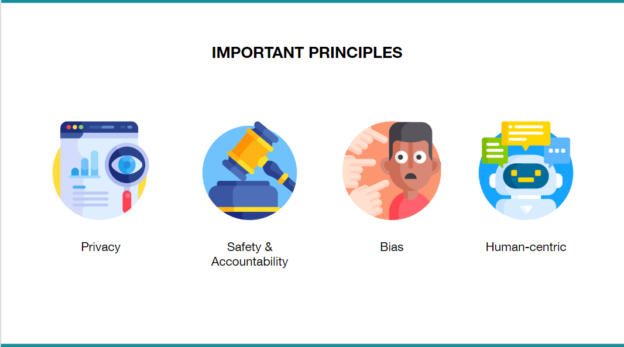
On top of learning the above concepts, students should be equipped to be proactive users of AI, or even AI builders to solve different problems. Various AI solutions are available according to educational needs. For example, if the learning goal of a course is to build robots to solve problems, micro:bit is a good solution as it is suitable for different levels of students. For junior students, they can start by building a bot with coded blocks using Scratch while senior students may learn to code directly using Python. Our Jockey Club AI Community Innovation Programmeoffers a range of AI learning activities for students to learn, play and solve real-world problems.
Infrastructure requirements of AI
It is important to understand the infrastructure of AI. Infrastructure means all the components, including hardware, storage, network resources, and software applications that are necessary for cloud computing. Teaching AI may involve training students to use AI solutions to build projects. Although system requirements of different solutions vary, and some cloud-based AI solutions offer freemium that you can use for free as long as the usage is not high, teachers should still understand how to evaluate the infrastructure from different perspectives to provide the best learning environment for their students.
We should be aware of computing performance, storage capacity, networking infrastructure, security, and cost-effectiveness while evaluating different options. Security is particularly important as utilizing AI may touch upon dealing with sensitive personal data, so the infrastructure must be proven to be secure. Therefore, it is suggested that an end-to-end security solution is adopted if possible. Options such as data encryption, adoption of identity and access management, firewall implementation, limiting the usage of VPN and restriction of public internet connections can be considered to ensure infrastructure security.
Cost is also another important factor because complex AI models can be expensive to run. Take networking as an example, the higher the network speed and bandwidth, the higher the cost. Teachers should carefully compare and select cost-effective solutions. If the solution is a pay-as-you-go plan, you are suggested to cap the budget as a cost control measure.
Teaching Strategies of AI
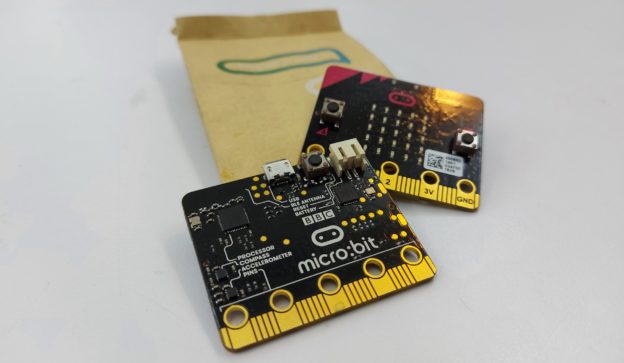
For the effective implementation of the curriculum, there are several suggestions on the teaching strategies of AI. First, the learning goal should be focused on achieving AI literacy through project-based learning and problem-solving. Merely teaching a particular AI concept or tool should be avoided. The lessons designed that aim at equipping students with the ability to use AI tools in their daily lives are definitely more preferred over lectures. For the lessons to run smoothly, the teaching method should be constructed with an appropriate selection of machine learning tools and platforms that are easy for the students to understand and suitable to be conducted in the classroom environment.
And finally, a topic-based teaching approach is suggested as it can draw students’ attention and motivation. As using AI and building AI are the major learning goals, the learning activities should be interactive and engaging to arouse students’ curiosity and creativity to think out of the box while allowing them to gain hands-on experience with building AI solutions. If teachers are looking for more AI course design insights, you may also visit “A practical guide to machine learning course design for senior school grades” on our website.
Conclusion
Artificial Intelligence has been adopted in all walks of life. Students should not only be the end-users of the solutions, but also the active contributors who help develop solutions to solve problems. With the above discussion on the teaching directions and strategies, as well as the criteria for selecting AI infrastructure, it is hoped that educators could feel more confident in implementing AI education. Should you need any advice on arranging AI workshops in school, please check the workshop details or submit your enquiry. Let’s provide the best possible AI learning for the next generations!

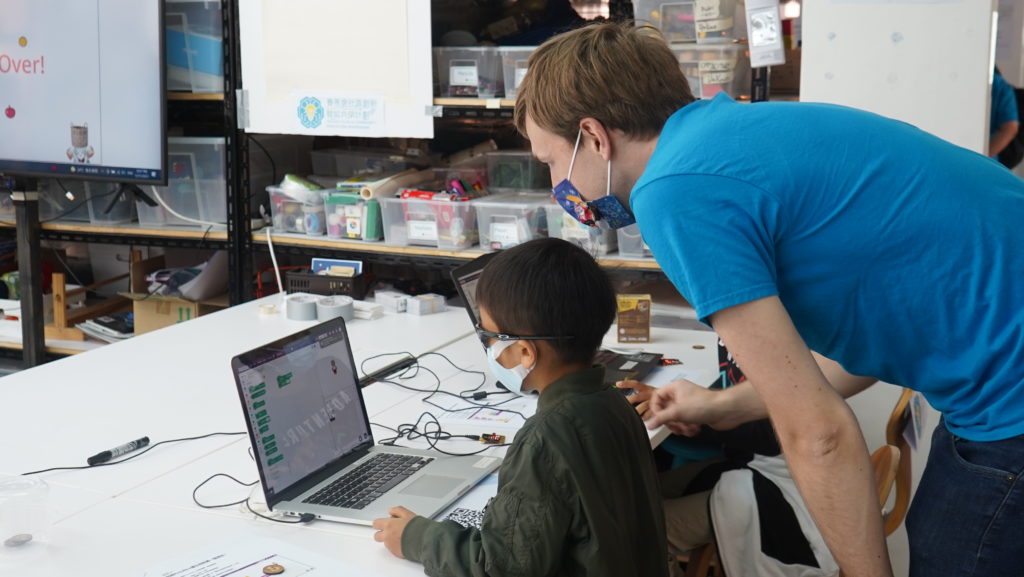

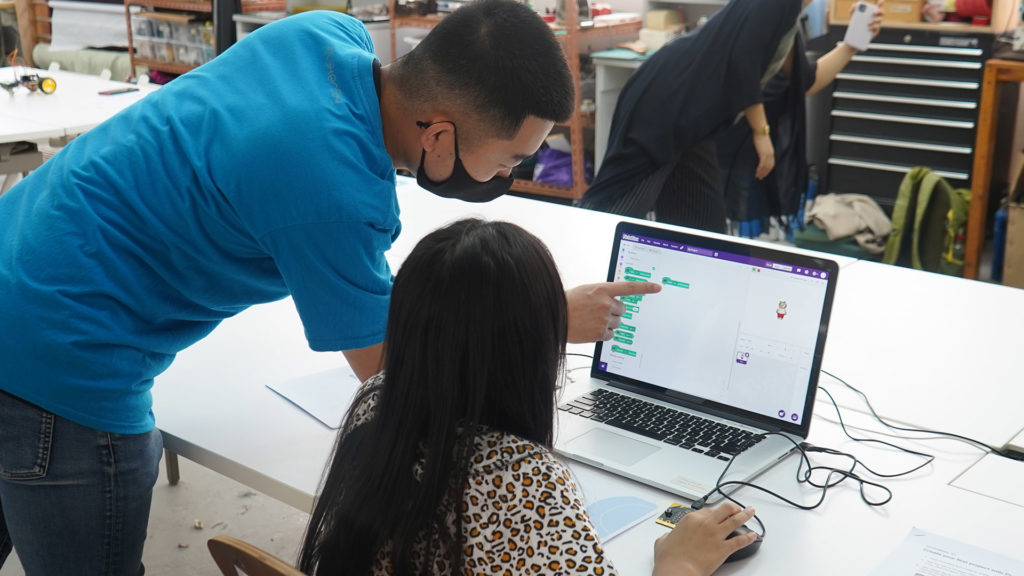



Responses